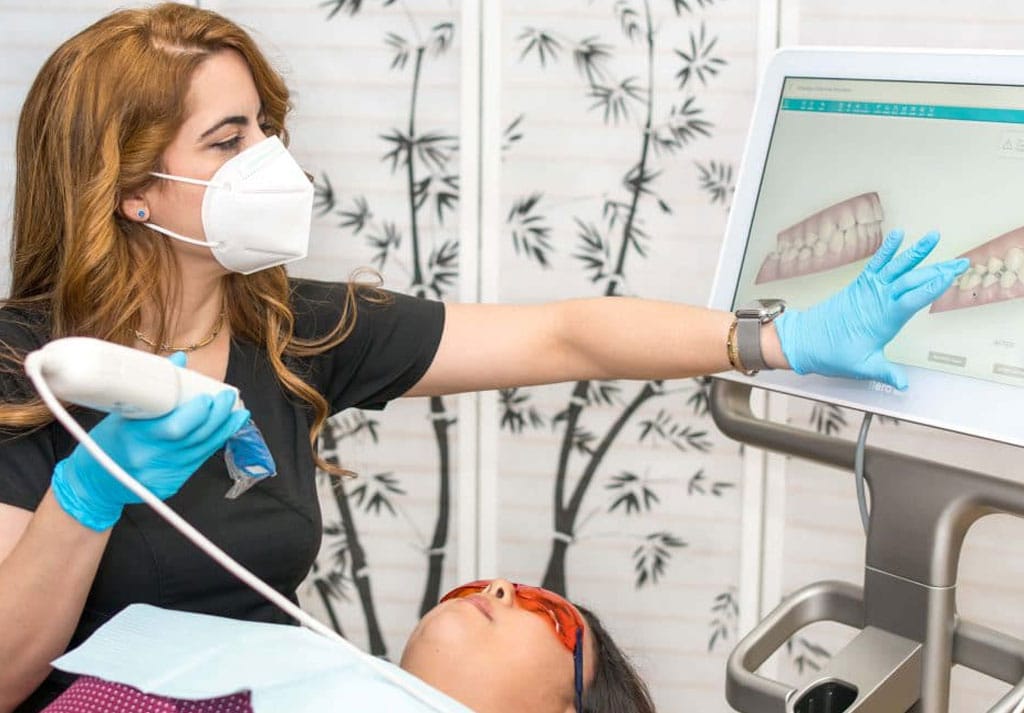Gum disease, when it reaches the advanced level, which is also referred to as periodontitis, it is not cured completely. Therefore, dentists highly recommend that patients save themselves against growing periodontitis.
Gum disease can sometimes be much severe that you may lose your teeth if you do not treat it on time. Visit your periodontal near me if you notice any symptoms of gum disease, like swelling, bleeding gums, and tooth pain. You must consider talking to a dentist when you see such signs. Or it may risk your health and can cause other oral issues.
Treatment Plan
Treatment of the disease is necessary, and a periodontist, a dentist near me, or a dental hygienist can perform the treatment with their team. The main aim of dentists is to clean the pouches near teeth and prevent deterioration of the surrounding bone.
Make a habit of adopting good oral routine care; you have the best chance of successful treatment. Manage your health conditions that can infect dental health, and stop tobacco and smoking use.
Nonsurgical Treatments
There are chances for gum disease treatment. If periodontitis is not advanced, it can be treated with less invasive processes, including:
Scaling
Scaling is the deep cleaning of gums that pulls tartar and bacteria from your tooth surfaces and under your gums. Dentists use special tools to clean your gums, like a laser or an ultrasonic device.
Root Planing
Root planing is the next step after scaling to smooth the root surfaces, scrubbing the buildup of tartar and bacteria, and removing bacterial byproducts that contribute to inflammation and reduce the healing time or reattachment of the gum to the tooth surfaces.
Antibiotics
Antibiotics help control the infection that is caused by the bacteria. Topical or oral antibiotics are given by the dentist to treat the disease.
The periodontal specialists give antibiotics in the gaps between your teeth and gums or into pouches after deep cleaning them. However, oral antibiotics may be essential for destroying bacteria.
Surgical Treatments
Surgical treatments are needed when the condition extends to periodontitis. Treatment may include dental surgery, such as:
Flap Surgery (Pocket Reduction Surgery)
In this, the dentist will make a tiny hole in your gum so a part of gum tissue can be raised, revealing more tooth roots and performing deep scaling and root planing. Once the gum cleaning is done and the gums heal, you can clean the area properly and maintain healthy gum tissue.
Bone Grafting
This surgery occurs when periodontitis has destroyed the bone supporting your tooth root. Your dentist will use small pieces of your bone, synthetic bone, or bone from a donation for the graft. By keeping your tooth, the bone graft averts tooth loss and operates as a foundation for forming normal, healthy bone again.
Tissue Regeneration
This allows the bone to regenerate damaged germs. One method involves your dentist placing a piece of biocompatible cloth between your tooth, like a sandwich, and the bone that already supports it. The substance removes unwanted tissue from entering the healing zone, letting the bone regrow.
Tissue-Stimulating Proteins
This procedure includes applying a special gel to the diseased tooth’s root. The gel has proteins that help develop the tooth enamel and allows it to grow the bone tissues and stimulate the growth of healthy bone.
In Conclusion:
Visit your dentist and make an appointment. If you suffer from tooth pain or gum bleeding, take a ride to your emergency dentist near me.







